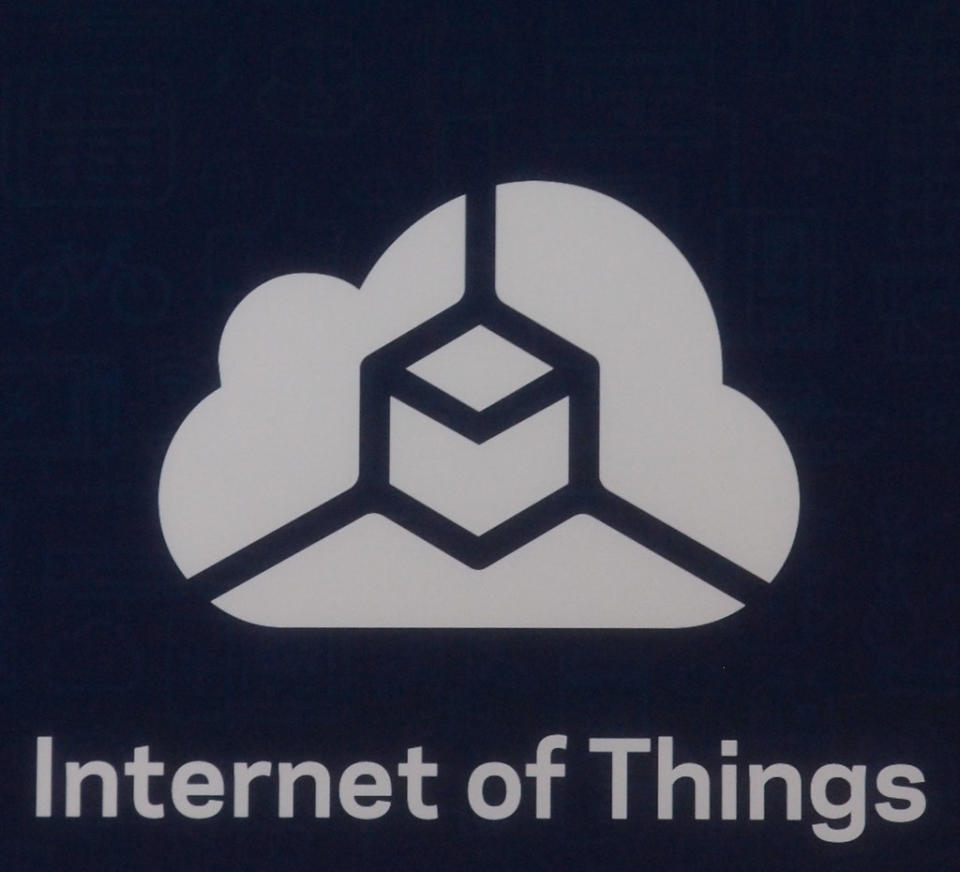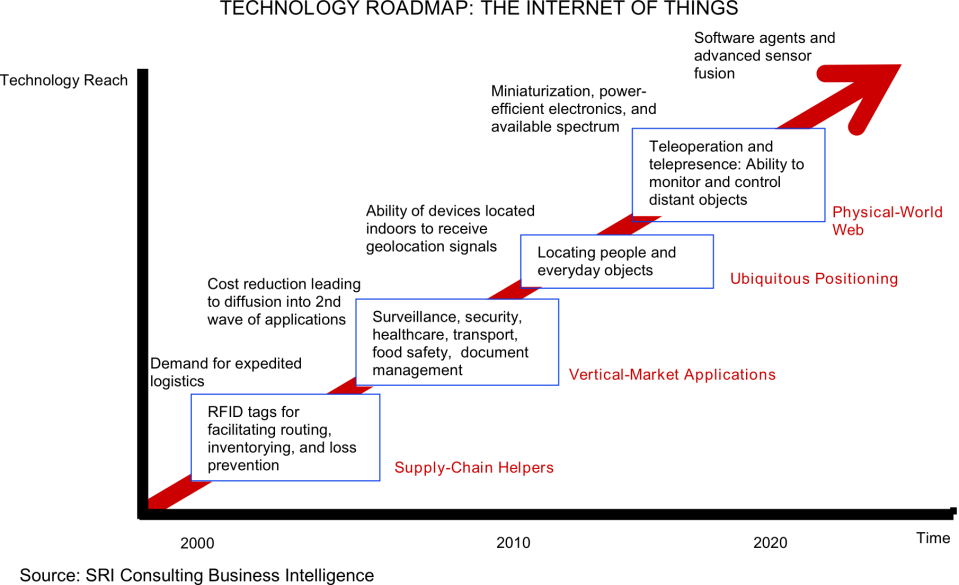IoT Day is April 9th

The world of Internet of Things is growing at an astounding pace – McKinsey Global Institute estimates the potential economic impact of IoT to be around $6 trillion per year by 2025. Just a couple of years ago, who would have believed that the IoT would have its own day. Considering how much we throw the term around these days, it would be good to know how it all got started. Therefore, in honor of the IoT day 2016 (although we're regretfully a month late), let's look at some of the most significant moments in the past quarter of a century that helped shape the IoT, as we know it and love it today.
1990: The First Connected Device
Surprisingly, the first internet-connected device in the world (other than a computer) was – a toaster. The story actually starts in 1989, when Dan Lynch, the founder of the Interop Internet told John Romkey that he would give him the top billing at the next year's networking show, if he connects a toaster to the Internet. Working closely with Simon Hackett, Romkey managed to connect a Sunbeam Deluxe Toaster using TCP/IP networking. The device could be turned on and off remotely through the Internet.
1993: Trojan Room Coffee Pot
This particular coffee pot was actually the inspiration for the world's first webcam. Quentin Stafford-Fraser and Paul Jardetzky created the TRCP to monitor the levels of the pot and save pointless trips to the coffee room. Every twenty seconds, a 128×128 grayscale image of the coffee pot was sent through the buildings' servers. As a side note, the pot was later auctioned on eBay to Spiegel Online for £3,350.
1998: Mark Weiser's Water Fountain
Just a year before his untimely passing, the father of ubiquitous computing Mark Weiser managed to connect a water fountain. The fountain was constructed outside of his office, and the flow and the height of the water mimicked the price trends and volume of the stock market in real-time.
1999: The Term "Internet of Things" is Coined
This was a landmark year for both the IoT and the MIT. Auto-ID Labs developed the EPC (Electronic Product Code) to replace the UPC bar code and Kevin Ashton (the founder of Auto-ID) coined the "Internet of Things'. In an article he wrote for the RFID Journal, Ashton claims that the phrase was originally used as a title of a presentation he made at Procter & Gamble seventeen years ago.
2005: The Creation of Nabaztag
Originally released in June of 2005, the Nabaztag was an ambient electronic device in the shape of a rabbit, manufactured by the Violet Company. The Wi-Fi-enabled device was able to alert you and speak to you about the weather, stock market changes, RSS-Feeds, etc. In an interview with the IoT Council, Haladjian, the creator of the Nabaztag, said that he didn't just want to make a product – he wanted to make a statement. The Nabaztag was developed to show the world that you could connect anything to the Internet and mass-produce it, not just computers and mobile phones.
2008: The Launch of the IPSO Alliance
A group of over 50 companies created the IPSO Alliance in order to encourage the use of IP (the Internet Protocol) in the network of "smart objects" and to support the Internet of Things. The Time Magazine listed the IPSO as the 30th most important innovation that year. The group still continues to work to this day and the members of the Alliance now include Cisco, Bosch, Intel, SAP, Google and Fujitsu amongst many others.
2008-2009: The Birth of IoT
We cannot pinpoint the exact point in time when the IoT was born. However, according to Cisco IBSG it was conceived between 2008 and 2009, at a point in time when the number of connected machines surpassed the number of humans on the planet. In 2003, there were around 0.5 billion devices connected to the internet. With the introduction of the iPhone in January of 2007, the explosive growth of mobile devices brought the number 12.5 billion in 2010.

2016 and Beyond
Companies around the world have just begun to understand the potential of IoT. According to Gartner, there are over 5.5 million new objects connected to the Web every day. Everything is connected – Estimates predicts that over 10 million units of "smart clothing" will be shipped in the next five years. With organizations like the Open Fog Consortium and the events like the aforementioned IoT day, the Internet of Things will undoubtedly grow even faster. Considering that the majority of people (87%, according to Accenture Interactive) have not even heard of the term yet, you have to admit, all of this is very exciting.
